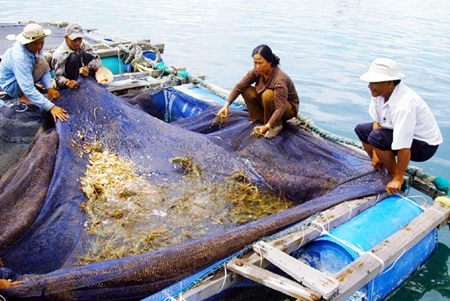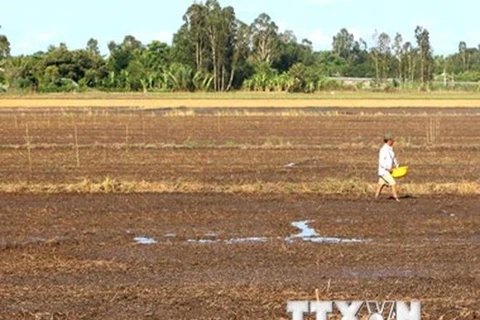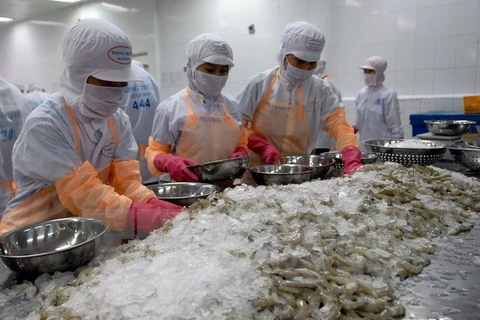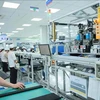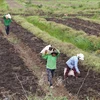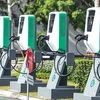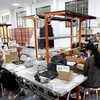Hanoi (VNA) – A Ministry of Agriculture and Rural Development master plan to develop lobster cultivation to 2020 with a vision to 2030 aims to make lobster farming a key economic sector in the central region.
Four types of lobsters, including Panulirus ornatus, P. hormanus, P. longipes and P. polyphagus, will be bred in Quang Binh, Quang Nam, Quang Ngai, Binh Dinh, Phu Yen, Khanh Hoa, Ninh Thuan and Binh Thuan provinces as well as Da Nang city.
The ministry targets having 1 million cubic metres of lobster cage rasing, which creates a total output of 1,940 tonnes worth 3.2 trillion VND (143.6 million USD) every year. It expects that the country will rake in 4.3 trillion VND (192.9 million USD) from 2,680 tonnes of lobsters by 2030.
According to Deputy Minister Vu Van Tam, lobster farms will use advanced and environmentally friendly technology, aiming to produce high-quality products for domestic consumption and export.
The ministry also said that 4.5 million lobsters fry will need to be bred by 2020 while 5.5 million will be needed by 2030.-VNA

